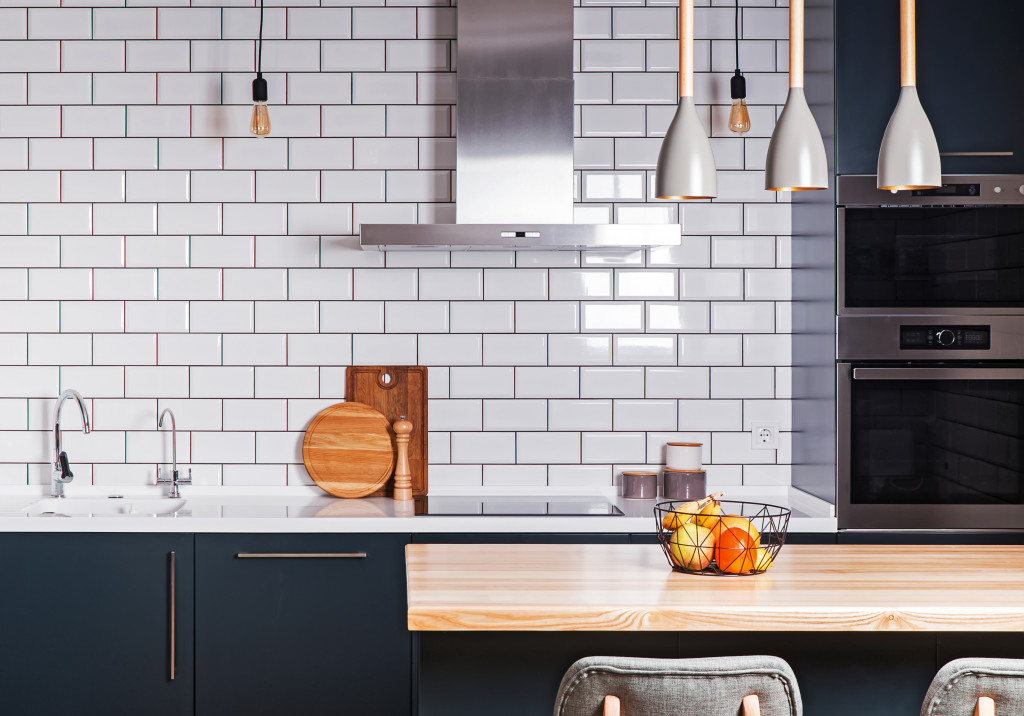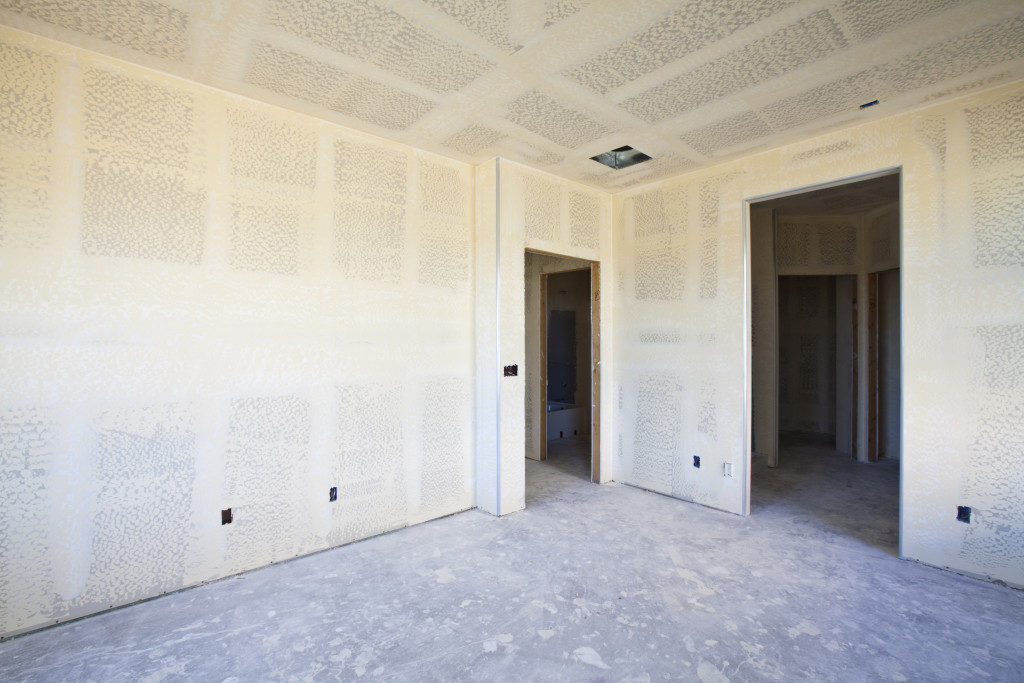]
When your home looks great, you take a certain pride in it. But making sure that it crosses over from acceptable to great in appearance can be difficult. Most people solve this problem by solving an interior designer. But if you don’t have the funds, you can do the decorating on your own and still hope for good results. Here are some interior design basics that should help you in making your home look great.
Balance
The idea behind interior design is that there is a visual weight in each room and you need to balance it. Visual weight is usually a combination of colors and sizes that influence how much impact an object has when people look at it. Rooms that are full of items “heavy” in visual weight can be overwhelming, while those with minimal impact result in people ignoring the room. There are three approaches to balancing a room. Symmetrical balance has you putting objects of similar visual weight in equidistant positions in the room. Asymmetrical balance spreads out the visual weight more. Finally, radial symmetry has a central focal point for you base your design around, either a conversation piece or a feature of the room.
Harmony
Besides balancing the elements in your rooms, you need to have them working together. Everything from your flooring to the various items in the room has to have a similar feel to them. For example, wooden floors are great for the sense of home and tradition they bring. But if you pair it with a modern furniture set of glass and steel, they will clash. Wooden furniture pieces are a better choice. Have a plan for each room and visualize how each part will work with each other.
Proportion
Always work with an idea of proper proportions. If a room is large and spacious, you should not be using small items and furniture for decoration. The room will overpower them and it will feel empty. On the other hand, if your furniture is too big for your room, there will be no room to breathe. Measure the room and choose pieces that complement their size. A good rule to follow is to have at least 60 centimeters separating each piece of furniture for movement. Sitting areas will require at least 40 centimeters so that people will have enough personal space.
Rhythm

When decorating, always try to have a sense of rhythm when it comes to colors and shapes. Patterns of repetition and contrast ensure that people’s eyes will not see a featureless room. Have particular colors repeat themselves in certain areas but not dominate it completely. The contrasting colors make the room pop and can help draw the eye to particular pieces. For example, if your room is mostly white, the colorful items will be able to draw attention and keep a guest’s interest.
Light
Light is a useful element for decorating a room. The more natural light there is, the better your room looks. Observe the room at various times of the day to see how much lighting it gets and make changes so that the room will always be well-lit. This can be done by smart positioning of wall mirrors to installing lamps of the correct wattage.
Making a room look good will take some practice and trial-and-error. But you will say it was worth it when you see the results.











